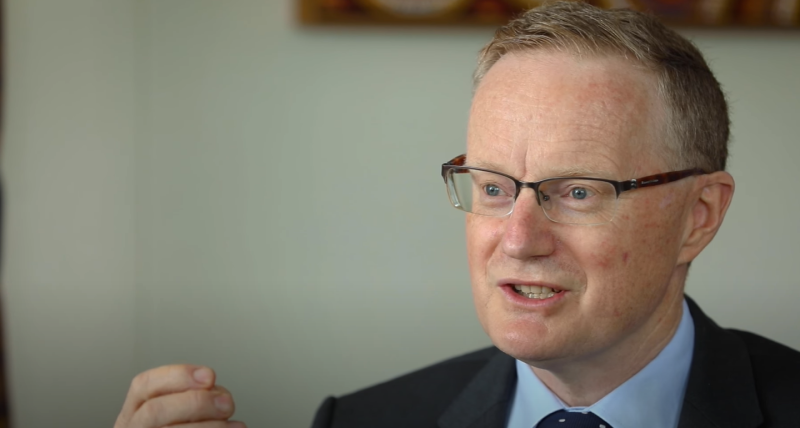- RBA increases the cash rate to 3.85%
- The move came as a surprise, contrasting many predictions
- Housing market recovering despite high interest rates
Contrary to many predictions, the Reserve Bank of Australia (RBA) lifted the cash rate 25 basis points to 3.85% following its meeting today, bringing the cash rate to its highest level since April 2012.
The increase is hoped to combat national inflation which sits at 7%, a far reach from the target level of 2 – 3%.
RBA Governor Philip Lowe says that although inflation in Australia has passed its peak, it will be some time yet before it is back in the target range.
“Given the importance of returning inflation to target within a reasonable timeframe, the Board judged that a further increase in interest rates was warranted today,” he says.
The cash rate rise comes after last month’s pause in a string of rate rises.
Canstar’s finance expert, Steve Mickenbecker says this rise sends a grim Mayday message from the Reserve Bank that inflation is not under control.
“Last month’s pause was just a reprieve for borrowers and their budgets are being stretched again,” Mickenbecker says.
“The rate rise in May adds $82 to monthly repayments on a $500,000 loan and lifts the total damage to repayments since April 2022 to an extra $1,133 per month.”
Housing market recovery
PropTrack Senior Economist Eleanor Creagh says high-interest rates have led to about a 30% decline in maximum borrowing capacity.
But she says even as interest rates continued to rise this month, the end is in sight for the housing market decline.
“It is likely the bottoming process will continue, with the bounce in home prices firming and values stabilising as uncertainty eases,” she says.
“The impact of interest rate rises is being counterbalanced by stronger housing demand and tight supply conditions.”
Eleanor Creagh, PropTrack Senior Economist
A home shortage exacerbated by high construction costs and industry challenges will also underpin values as the population grows.
Positive demand drivers
Creagh says demand drivers for housing stem from rental shortages, rebound in international migration and tightness in the labour market which is promoting a sense of job security.
CoreLogic‘s Home Value Index (HVI) recorded an increase in national home prices for the second consecutive month in April. Prices increased by 0.5% in April following a 0.6% lift in March.
CoreLogic’s Research Director, Tim Lawless notes that the trend towards more positive housing market conditions has occurred while interest rates remain well above average.
“The last time we saw housing values trending higher through a rising interest rate environment was during the mid-to-late 2000s when the mining boom was underway,” Lawless says.
“This period was also characterised by surging net overseas migration that contributed significantly to housing demand.”
Rentals are also set to see a rise in demand and cost, with one expert telling The Property Tribune a hit on confidence will see Aussies keep their eye on rentals a little while longer:
“It’s certainly an interesting time in property,” said Managing Director at Ray White Commercial Western Sydney, Peter Vines.
“Today’s interest rate bump really does cement the value in residential investments. What we’re seeing is that there are fewer people in the market right now, so there is certainly opportunity for those who are in a position to invest.
“Typically, people who buy residential are impacted by confidence, and today’s bump will no doubt hit the average buyer’s confidence. This will mean we’ll continue to see Australians rent instead of buy, forcing more demand for rent and therefore more rent rises.”

Inflation straining wallets
While the interest rate rises ultimately aim to reduce long-term inflation, the latest rate hike will mean higher costs of living for many Australians.
New research by comparison site, Mozo, reveals 1 in 5 say they will have to reduce their grocery shop due to soaring costs of living.
Mozo data director, AJ Duncanson, says this data is serious, and something he believes the Treasurer needs to be considering in his budget next week.
“Our survey shows that a majority of us are finding it difficult to make ends meet. Inflation has slowed, but mums and dads are suffering.”
Mozo also said that the rate rise would add $92 to monthly repayments on a $600,000 mortgage.








